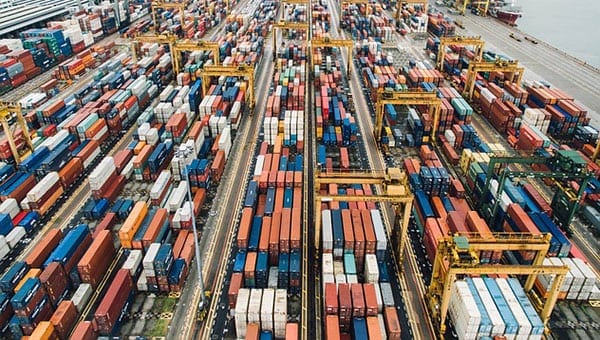With coronavirus continuing to make headline news, it’s important to note that China is one of Canada’s largest merchandise trading partners and is an important market for Canadian businesses.
A report released Tuesday by Statistics Canada said more than 3,750 Canadian enterprises exported goods to China in 2018, an increase of more than 400 exporters from 2016.
“These enterprises, led by those from British Columbia, exported goods to nearly all provinces and regions in China during this period. In 2018, Shanghai, Beijing, Hong Kong, Shandong and Jiangsu were the primary export destinations, accounting for nearly 70 per cent of all identified exports to China ($21.3 billion) in the context of this study. Agri-food, motor vehicles, wood pulp and lumber were among the products most exported by Canadian businesses,” said the federal agency.
The report said close to 900 different products were exported to almost all provinces and regions in China in 2018, with the top 10 accounting for more than half of all identified exports.
“Canadian exporters targeted a variety of destinations, which sometimes differed depending on the product exported. For example, canola and soybeans were the most in-demand products, with Shanghai, Beijing and Fujian as the primary destinations. Exports of lobster, crab, fish and other related products primarily targeted China’s most populous regions, which included Shanghai, Shandong, Beijing and Guangdong. Most of the vehicles exported to China were cars destined to Tianjin and Jiangsu—two coastal provinces with different state-level economic and technological development zones,” said StatsCan.
“Of all the identified exports of goods to China in 2018, 96 per cent originated in Canada (domestic exports), while the remainder of these exports originated in a foreign country and underwent some minor processing in Canada before being sold to China (re-exports). Even though re-exports were relatively small in terms of value, a significant share of exporters, nearly one-third, engaged in re-exporting activities with China in 2018.”
Statistics Canada said the increase in enterprises exporting goods to China were due to small and medium-sized enterprises with fewer than 10 employees who were responsible for two-thirds of the increase.
Mario Toneguzzi is a business reporter in Calgary.
![]() The views, opinions and positions expressed by columnists and contributors are the author’s alone. They do not inherently or expressly reflect the views, opinions and/or positions of our publication.
The views, opinions and positions expressed by columnists and contributors are the author’s alone. They do not inherently or expressly reflect the views, opinions and/or positions of our publication.

